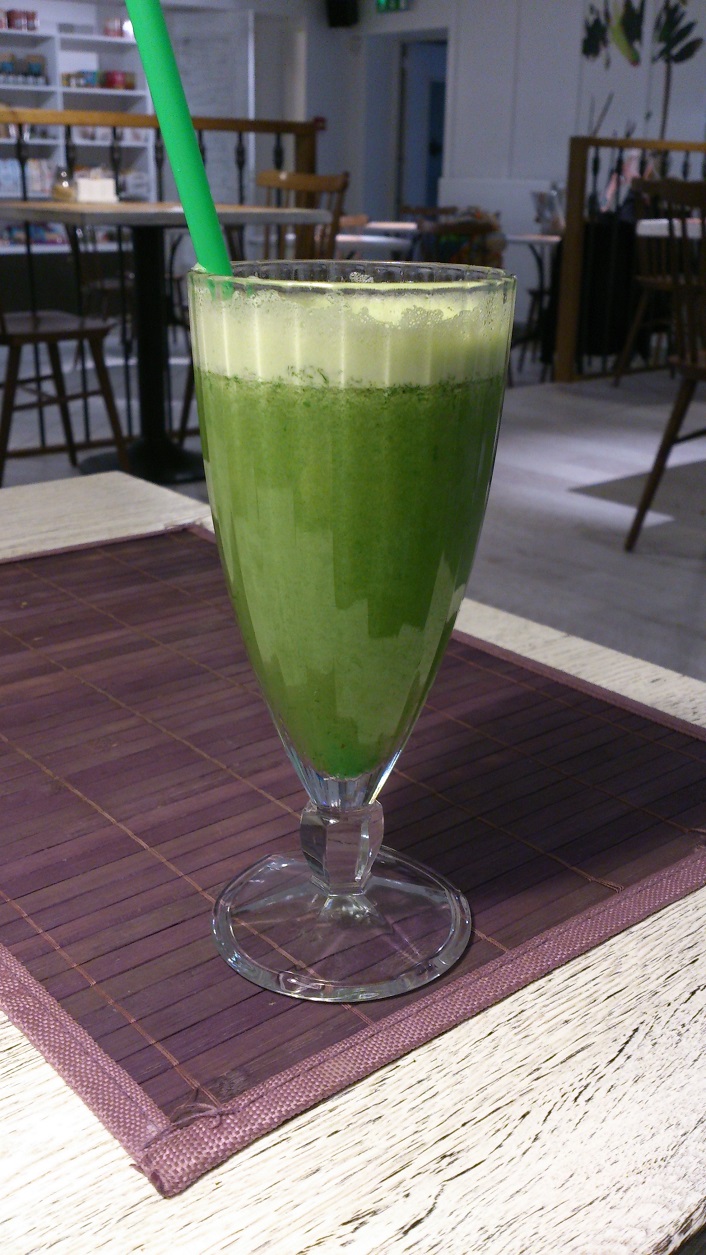
Making smoothies at home will save you money, calories, and power up your nutrient levels. While it may be tempting to stop at a smoothie chain or even at your local health club’s juice bar, take-out smoothies may clock in at 600 calories or more, and often contain sugar and artificial ingredients. Some of those smoothies may not even be freshly made, and workers may not clean machinery regularly, which results in residue leaking in from the previous customer’s smoothie.
There aren’t any shortcuts to healthier, more nutritious smoothies. Check out these science-approved tips for making a delicious, low-calorie smoothie at home.
- Use whole fruit instead of fruit juice
If you use fruit juice, even home-squeezed juice, you deny yourself a tastier and nutritious smoothie experience. Stick with whole fresh fruit, and raw veggies, preferably from a farmer’s market, to maximize nutrients and taste.
- Substitute sugar with honey, coconut or spices
Make smoothies to satisfy your sweet tooth by substituting sugar for cinnamon, ginger, coconut, honey or even maple syrup. Sweet fruits, including bananas and goji berries, will sweeten your smoothies even if you don’t use spices or honey. When you decide what ingredients to put in your smoothie, always be aware of the natural sugar content of fruits and balance the ratio of sweet fruit with avocados or citrus fruits. Using too many sweet fruits in a smoothie will cause a sugar rush or overload, which can be bothersome to some people, but dangerous to others.
- Use Greek yogurt
Greek yogurt and kefir will add more nutrients to your smoothies and make them creamier. Versatile Greek yogurt doesn’t have the sugar, lactose and whey of regular yogurt, so it’s a great choice for people who have digestion problems.
- Add peanut butter or protein powder for more energy
Protein powder and peanut butter are great additions to smoothies if you want to gain weight or just feel more energetic. Use whey protein for thinner smoothies and protein powder with casein if you like thick, creamy smoothies. Vegetarians can choose from pea or soy protein powder. And remember to use organic, sugar-free peanut butter in your smoothies.
- Use super-nutritious veggies
Don’t worry about the taste of spinach, kale, broccoli or other veggies in your smoothie. Between the yogurt, kefir, coconut milk (or other liquid you add), fruits and spices, the natural bitterness or blandness of superfood vegetables will vanish, while the nutrients remain. The best way to learn more about smoothies is to make them. If you don’t get enough fruits or veggies on your plate, make up for it by drinking them.